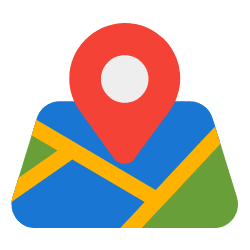A geo tag is digital information that shows where a photo, video, or file was created or captured. It typically includes GPS coordinates such as latitude and longitude, and sometimes additional details like date, time, or altitude. Geo tags are stored in the file’s metadata and help users identify the exact location where an image or video was taken. This is especially helpful for organizing travel photos, fieldwork documentation, or local SEO content.
To geo tag a photo, you need to add location data (coordinates) to its metadata. This can be done in two ways:
- Automatically: Most smartphones automatically add a location to photos if GPS or location services are enabled.
- Manually: You can use a geo tagging tool like https://geotagphototool.com to upload your photo and choose a location on a map. The tool will embed the selected GPS coordinates into the image file. Once saved, your image will have a geo tag that can be read by software or shown on maps.
You can check if a photo has a geo tag by viewing its metadata. On a computer, right-click the image file, select Properties or Info, and look for GPS or location details. For a more visual approach, you can upload the photo to an online geo tag viewer or editor or you can upload photo on Geotagphototool These tools display the exact latitude and longitude.
This is especially handy if you want to confirm the location of an image or check whether it contains sensitive location data before sharing it online
Creating a geo tag involves adding location information to a photo or file. On mobile devices like Android or iPhone, this is often done automatically when you take a photo with location services turned on.
If your photo doesn’t have a location or you want to change it, you can manually create a geo tag using a geotagging tool like https://geotagphototool.com
- Upload or drag your image.
- Enter GPS coordinates.
- Save and download the photo with the embedded location data in any format.
This process creates a new version of the photo that includes accurate geotagging, which can be useful for documentation, blogging, or local marketing.
